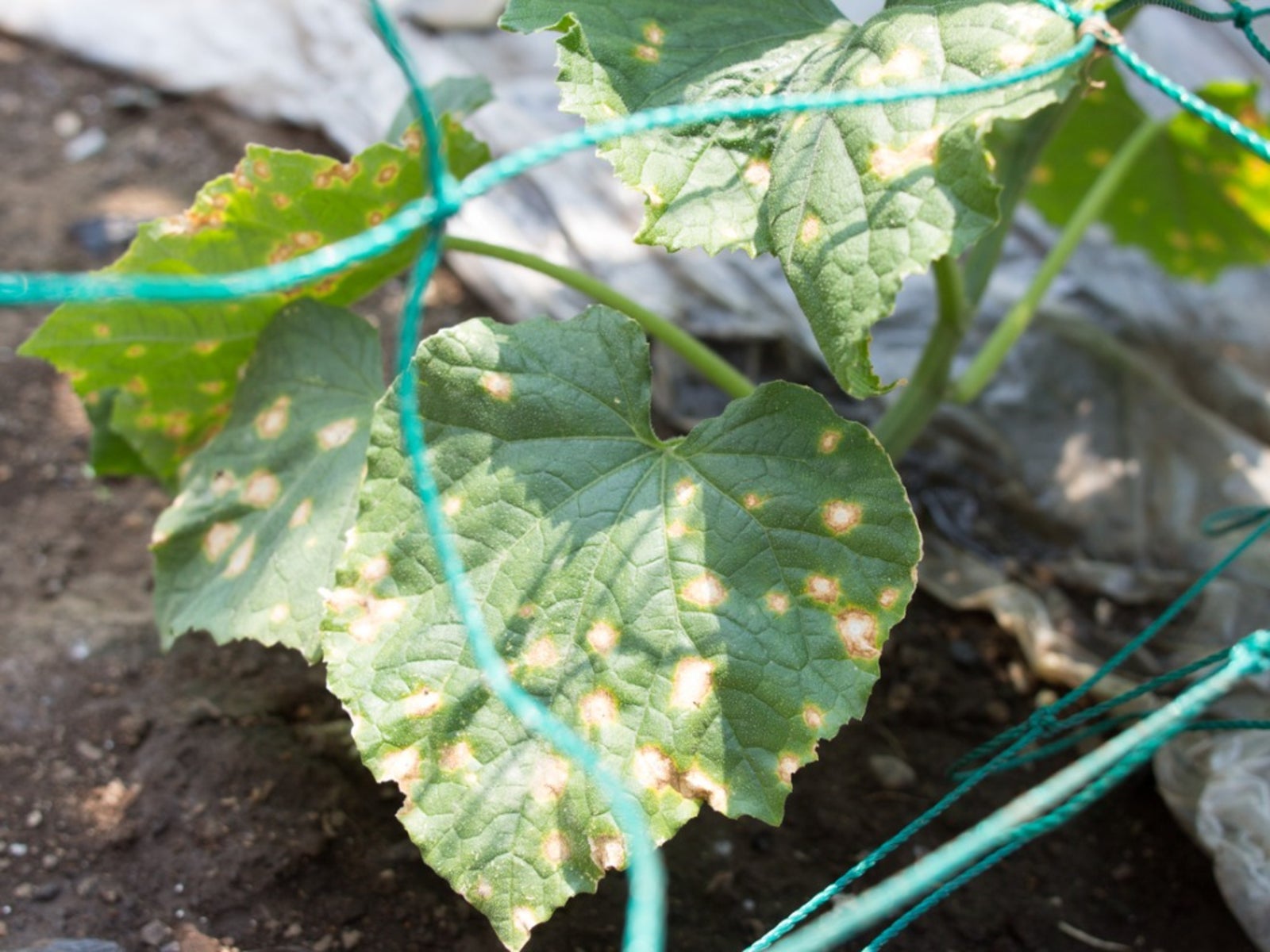Tips For The Control Of Downy Mildew


A common but under diagnosed problem in the spring garden is a disease called downy mildew. This disease can damage or stunt plants and is difficult to diagnose. However, if you are familiar with the different ways this disease presents itself and with the conditions in which it can grow in, you will be better able to take steps to control downy mildew in your garden.
What is Downy Mildew?
Often times, when gardeners hear the name downy mildew, they think this disease is related to another common garden disease called powdery mildew. While the two have very similar names, they are two very different diseases. Downy mildew is caused mostly by organisms that belong to either the Peronospora or Plasmopara genus. While powdery mildew is cause by a true fungus, downy mildew is cause by parasitic organisms that are more closely related to algae. Since it is closely related to algae, downy mildew needs water to survive and spread. It also needs cooler temperatures. You are most likely to see downy mildew in your plants in the spring, where rainfall is frequent and temperatures stay cool.
Symptoms of Downy Mildew
One of the tricky things about downy mildew is that it can appear different ways, depending on what kinds of plants it is infecting. Most often, an infection of downy mildew will also include a fuzzy, soft looking growth that can be white, grey, brown, or purple. This growth is most commonly seen on the lower leaves of the plant. This growth is where this disease gets its name from, due to its downy appearance. Other common symptoms for downy mildew include mottling or spots on the leaves. The spotting will be yellow, light green, brown, black, or purple. In some cases, the mottling may look like chlorosis. Plants that are affected by downy mildew may be stunted or have leaf loss.
Controlling Downy Mildew
The best control of downy mildew is to make sure that your plants do not get it in the first place. Since downy mildew needs water to survive, the very best thing you can do to prevent downy mildew is to water your plants from below. Water that sits on the leaves of the plant gives the downy mildew a way to infect and spread on the plant. The spore of downy mildews spreads by literally swimming through water until they come across live plant material to infect. If there is no water on your plant leaves, the downy mildew cannot travel to or infect your plants. Good garden hygiene is also crucial to stopping downy mildew from developing in your garden. This disease overwinters on dead plant material, so removing dead plant material from your garden in the fall will help prevent the disease in the following spring. If your plants become infected with downy mildew, the organic control of downy mildew is your best bet. The reason is that once a plant is infected with downy mildew, there are no effective chemical controls, though if you have a reoccurring problem with downy mildew, there are some preventative chemicals you can use. Downy mildew is not a fungus, so fungicides will not work on it. Once your plants have downy mildew, the best thing you can do is to try to eliminate moisture and humidity around the plants. As mentioned, make sure your are watering from below. If possible, try to improve air circulation through selective pruning. In enclosed environments, like in the house or in a greenhouse, reducing the humidity will help as well. Regardless of what you do, downy mildew normally clears itself up in the outdoor garden once the weather warms up, as this disease does not survive well in warm temperatures. If your plants only have a mild case of downy mildew, your best option may be to simply wait for warmer weather.
Gardening tips, videos, info and more delivered right to your inbox!
Sign up for the Gardening Know How newsletter today and receive a free copy of our e-book "How to Grow Delicious Tomatoes".

Heather Rhoades founded Gardening Know How in 2007. She holds degrees from Cleveland State University and Northern Kentucky University. She is an avid gardener with a passion for community, and is a recipient of the Master Gardeners of Ohio Lifetime Achievement Award.
-
 Terrifically Tubular Flowers For Hummingbirds: 9 Tube-Flowered Plants To Attract Hummers
Terrifically Tubular Flowers For Hummingbirds: 9 Tube-Flowered Plants To Attract HummersGrowing tubular flowers for hummingbirds helps you create the optimum feeding conditions for your winged friends. Here are nine tubed delights for hummers
By Tonya Barnett
-
 How To Grow Hydroponic Tomatoes For Fresh Indoor Harvests – No Soil Required
How To Grow Hydroponic Tomatoes For Fresh Indoor Harvests – No Soil RequiredLearning how to grow tomatoes in water is easy and allows you to harvest fresh-home-grown produce in every season without any mess.
By Ellen Wells